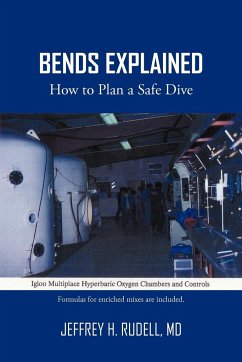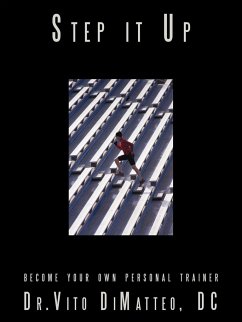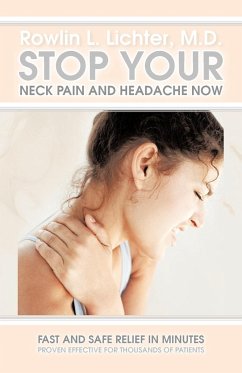Ideas about bends have changed from the concept that a bubble formed in the nervous system or the joint by cavitation-negative pressure. Rapid ascent or joint motion caused the culprit to appear and pressure would make the bubble go away. Now we are treating tissue damage with oxygen. But, we are still using pressure and oxygen to increase the partial pressure of oxygen in the affected tissue. The treatment of choice is the 5 hour long U.S. Navy Treatment Table 6 which washes out the nitrogen in the tissue and washes in the oxygen. Careful understanding of how my patients got bent and how they responded should make any diver more cautious regarding repetitive diving and a multi-day series of dives. Pressure at the deepest part of the dive washes in the nitrogen over time. Fatty tissue, that includes the central nervous system and peripheral nerves, absorbs more nitrogen than watery tissues such as muscle. Shaping-up to dive includes weight loss, abstinence during the duration of the series of dives, and improving lung function. Physical conditioning such as walking 20 or more minutes a day for several weeks before diving is as important as paying for the trip. Dive accidents sometimes do not have a treatable solution. Most "accidents" resolve after one recompression breahing oxygen under pressure. Many patients were treated multiple times, and some did not get complete relief of thir symptoms and/or neurological fndings. Immediate thrapy traditionally is in-water recompression which has its drawbacks. It is difficult to administer and hypothermia, fatige, and drwning are risks. Surface-On-Deck oxygen breathing from a facemask or immediate recompression in a chamber are always effective treatments. Transport to a facility has logistical problems and the destination chamber may not be functional when it i needed. The book is about the chamber that I personally operated and staffed. I was continually available except for a few meetings, shopping trips for supplies, and family obligations. The volume of bent divers that I treated, not all are included, speaks for itself.
Hinweis: Dieser Artikel kann nur an eine deutsche Lieferadresse ausgeliefert werden.
Hinweis: Dieser Artikel kann nur an eine deutsche Lieferadresse ausgeliefert werden.








